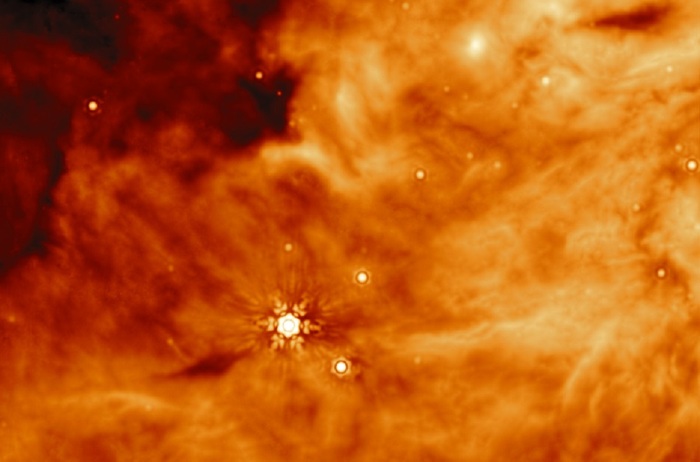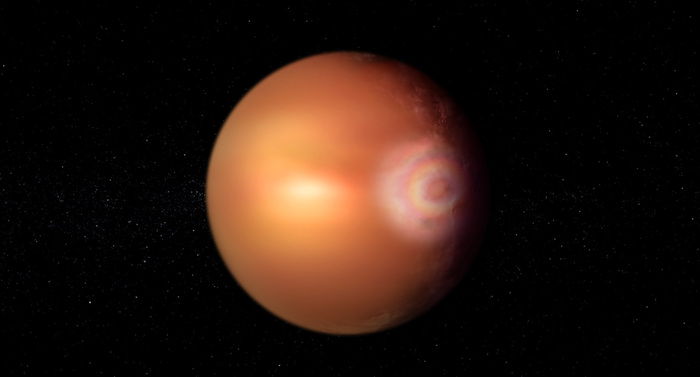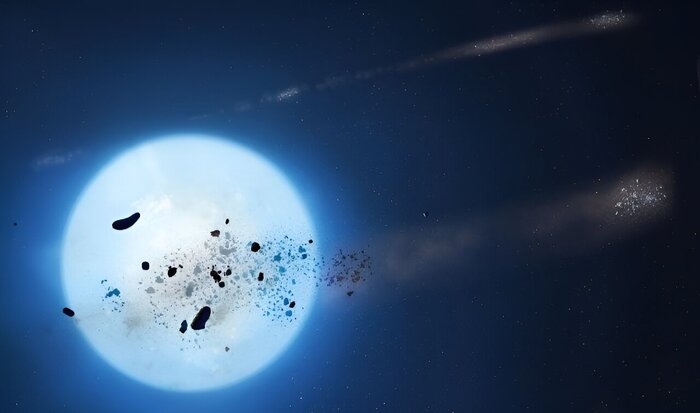If the hypothesis remains to be confirmed, this discovery should not leave many people indifferent!
Scientists have detected traces of phosphine in the clouds of Venus, a gas that could indicate that Earth's neighbor, often considered inhospitable, harbors life.
While the rumor swelled for several days, researchers from MIT (Massachusetts Institute of Technology), the universities of Manchester and Cardiff, officially announced their findings on Monday, the day their work was published in the journal Nature.
Two large telescopes were used: ALMA in Chile and James Clerk Maxwell in Hawaii.
On Earth, phosphine is a molecule produced by anaerobic microbes (which inhabit environments without oxygen).
More data is now needed to confirm that life does exist on Venus, as other non-biological explanations for the presence of phosphine could be advanced.
The question of water
"Phosphine is an extremely difficult molecule to manufacture," argues MIT scientist Clara Sousa-Silva in a video posted on the Internet.
“It only occurs spontaneously in extreme environments like those found in the infernal depths of Jupiter and Saturn.
Otherwise, it's designed either naturally by living things on Earth, or artificially by humans as a fumigant, for example.
"
“For there to be life, you need liquid water.
But the droplets, present in the atmosphere of Venus, do not have a very long lifespan.
How can we imagine that they do not disappear in the gas phase?
"Asks Francis Rocard, head of solar system exploration programs at the National Center for Space Studies (Cnes).
A scientific article published in August in the journal Astrobiology correctly postulates that life can “persist aloft for hundreds of millions to billions of years” in Venusian clouds.
"The authors propose a scenario to allow the droplets to have a long lifespan", continues Francis Rocard.
Check with a probe
The probability that there is a life form around Venus is considered plausible by other specialists.
“There are open questions about the clouds of Venus which may give way to the biological hypothesis.
We cannot understand the sulfur cycle in particular ”, comments Sébastien Lebonnois, researcher in planetary sciences at the CNRS.
Newsletter - Most of the news
Every morning, the news seen by Le Parisien
I'm registering
Your email address is collected by Le Parisien to enable you to receive our news and commercial offers.
Learn more
However, the work published on Monday should spark much debate, especially on the methods used to measure phosphine.
The only way to find out: a probe that would take samples, as Mars Sample-Return must do for the red planet.
“A balloon is deployed in the atmosphere and takes samples.
The samples are placed at the head of a small rocket which takes off from the balloon and goes into orbit.
An orbiter then retrieves the sample container in orbit and brings it back to Earth, ”explains Francis Rocard.
NASA recently announced that it plans to send a probe, Veritas, to Venus in 2026.








